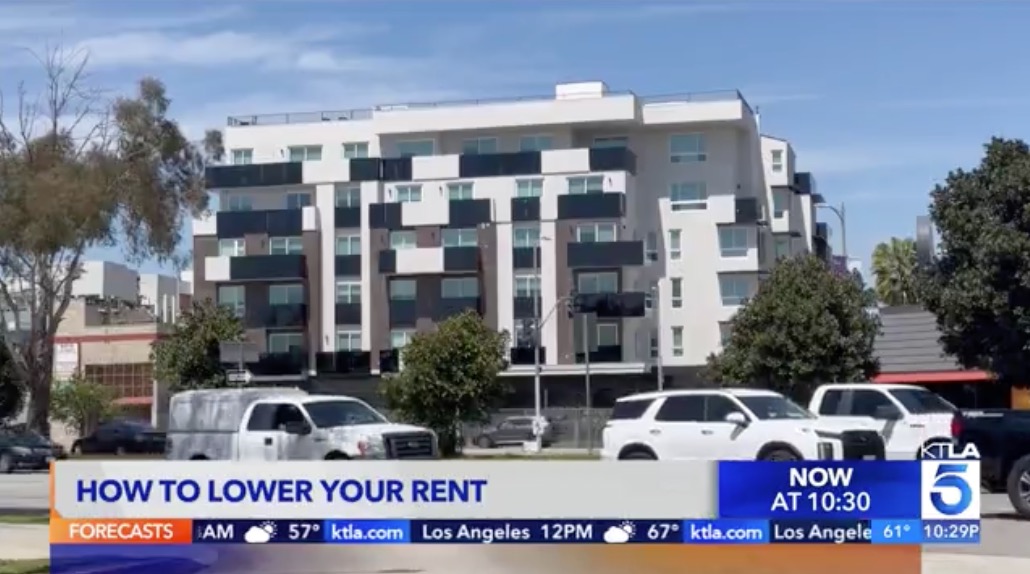Disclosure: Some of the links below are affiliate links, meaning at no additional cost to you, Dwellsy will earn a small commission if you click through and make a purchase.
Apartment hunting is already a difficult task. When you throw a pet dog into the mix, finding an apartment for rent can seem impossible. Pets make many landlords nervous, so it can be hard to find dog-friendly apartments. In this blog post, we’re going to learn a little bit more about one of the pet rules landlords often lay down: breed restrictions. What exactly are they? How do they work? And what are the most common breeds affected? Let’s take a closer look.
Why Do Landlords Have Breed Restrictions?
There are many reasons why landlords often choose to set down breed restrictions. The most common reason is that the breeds that landlords ban are typically the same ones which many people consider aggressive. Therefore, the landlord feels that banning certain breeds will make their apartment complex a safer place for tenants. This way, the landlord does not have to worry as much about being liable when aggressive dogs inflict injuries.
Sometimes, the landlord’s insurance will even require that they institute breed restrictions in order to insure the apartment complex. In cases such as these, the insurance company also feels that the risk of injury is less if certain breeds are banned from the dwelling.
The landlord also might be abiding by certain city or county breed bans. This means that if you’re moving cities or states, it’s worth making sure that your dog is allowed in the area. Most often such laws restrict pit bulls, but they can also restrict Rottweilers, American bulldogs, and a variety of other breeds. This means that it’s always worth checking to make sure.
Even if a landlord doesn’t ban specific breeds, they may decide to institute height and/or weight restrictions on the types of dogs allowed in the building. Therefore, it’s worth checking for these too, to ensure that your dog is eligible.
What Are the Most Common Banned Breeds?
Although landlords can ban any breed they dislike, they tend to ban some breeds more commonly than others. The following is a list of the most commonly banned breeds.
- Pitbulls
- Rottweilers
- Bulldogs
- Akitas
- Mastiffs
- Great Danes
- Doberman Pinschers
- Boxers
How Does This Impact Service Dogs and ESAs?
Great news for those of you with service dogs and ESAs: the ADA protects you from breed restrictions. This means that as long as your dog is not directly threatening the health of anyone in the apartment complex, they will have to accept your pet. This is true even if you’re not looking at apartments that allow dogs. We also have a more in-depth blog post on how housing laws impact service dogs and ESAs to answer all of your questions.

How to Negotiate Breed Restrictions
Seeing that your dog is on a list of restricted breeds can be discouraging, but it doesn’t have to be the end of the story. Negotiating with your landlord is an important skill, and it can come in handy here. With a few key steps, it’s possible that you can turn no-dog apartments into dog-friendly apartments with a little work.
- Talk to your landlord: If you’re open and honest with your landlord about your problem, you might be able to start a dialogue about possible solutions. You might have the urge to try to hide your dog or ignore the problem until the last minute. Try to avoid these impulses. Making your case openly and transparently will strengthen your relationship with your landlord and heighten your chances of achieving your goal. Ask why they have the breed restriction to better understand what their concerns are and if they have any flexibility.
- Introduce your dog to your landlord: A good first impression might help to change your landlord’s mind. Take the time to introduce your dog to your landlord. Show your landlord how friendly and obedient your pet is. You might even show them some commands and tricks, if you can. If your landlord has a positive impression of your dog, they’ll be more likely to make an exception.
- Collect reference: Ask for letters commending your dog’s behavior from past landlords, pet sitters, dog walkers, and trainers. Your landlord is bound to be somewhat skeptical about your own report of your dog’s behavior. Letters from outside sources may help to demonstrate that there are others who think your dog is well behaved.
- Show training certificates: If you have them, show your landlord any training certificates your dog has received from obedience school. This will help to reassure your landlord that your dog is well mannered. This is especially a good idea in combination with showing your landlord some commands that your dog can do.
- Get renters insurance. If you want to demonstrate to your landlord that you’re already aware of the potential for damage and you’re trying to be proactive about it, you might consider getting renters insurance.
Pet-Friendly Housing Can Be a Better Alternative
If you’re really having trouble finding apartments that allow dogs, you could always consider pet-friendly housing. Because these apartment complexes cater to pet owners, there will be less trouble concerning breed restrictions (although some pet-friendly apartments do still have them). Pet-friendly housing comes with a roster of other benefits: You’ll have a community of neighbors who also love pets, and you’ll likely have access to pet-friendly amenities. This is a surefire way to find dog-friendly apartments for a pet owner.
It can be tough to find the perfect home for you and your pup––sometimes it probably feels like there are no apartments that allow dogs at all. This is doubly true if people tend to perceive your dog’s breed as dangerous. However, there are ways around certain breed restrictions, and by understanding why they exist, you’ll be a more informed renter. Best of luck to you and your pup.
We vet any products we recommend independently, but may get a commission on links provided.
Check out our other blog posts.
Looking for a new home? Dwellsy is here to help.








